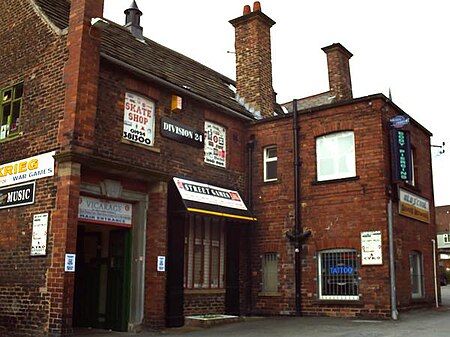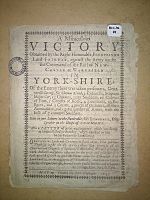The Old Vicarage, Wakefield
Buildings and structures completed in 1349Buildings and structures in WakefieldClergy houses in EnglandHouses in West YorkshireUse British English from May 2022

The Old Vicarage in Wakefield, West Yorkshire, England is a building dating from c. 1349. Located on Zetland Street, the building and surrounding car park are linked to a network of tunnels, believed to be used by non-conformists after the Act of Uniformity was passed in 1662.The Old Vicarage is owned by the Wakefield County Conservative Association and is currently occupied by independent shops.
Excerpt from the Wikipedia article The Old Vicarage, Wakefield (License: CC BY-SA 3.0, Authors, Images).The Old Vicarage, Wakefield
Zetland Street, Wakefield Eastmoor
Geographical coordinates (GPS) Address Nearby Places Show on map
Geographical coordinates (GPS)
| Latitude | Longitude |
|---|---|
| N 53.6836 ° | E -1.4945 ° |
Address
Zetland Street Parking
Zetland Street
WF1 1QT Wakefield, Eastmoor
England, United Kingdom
Open on Google Maps











